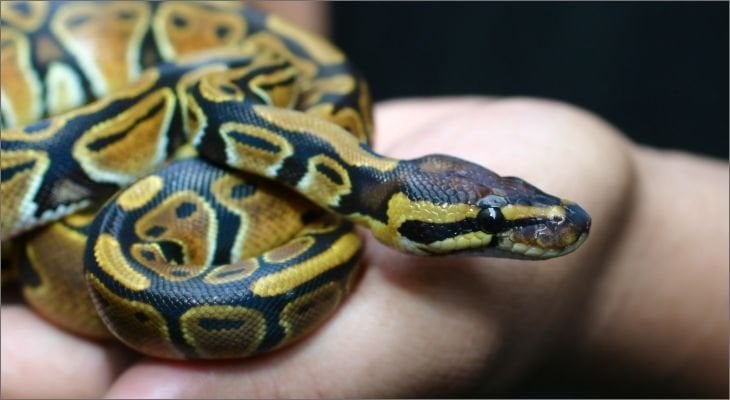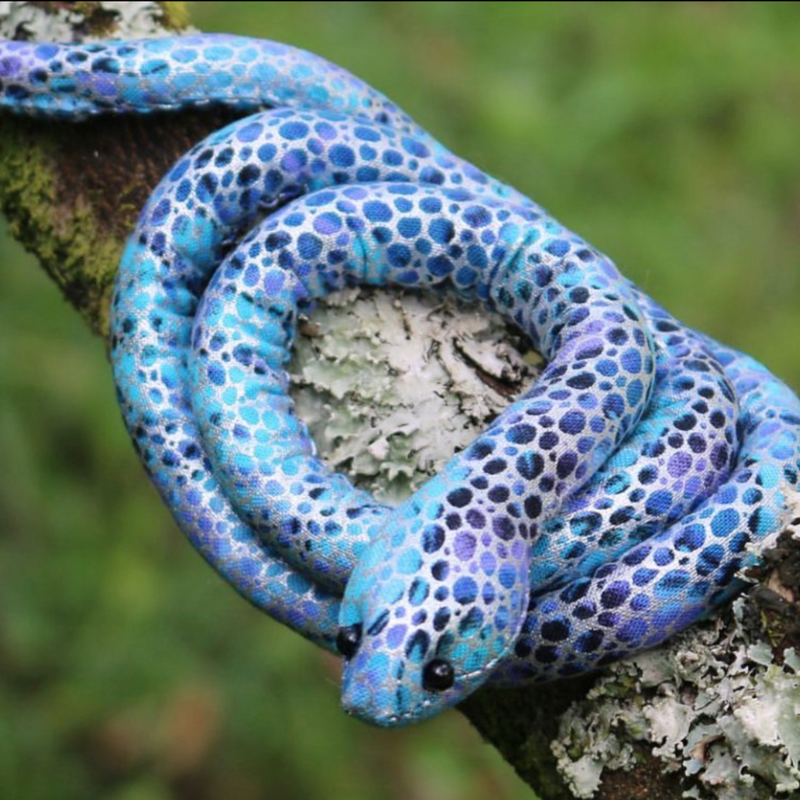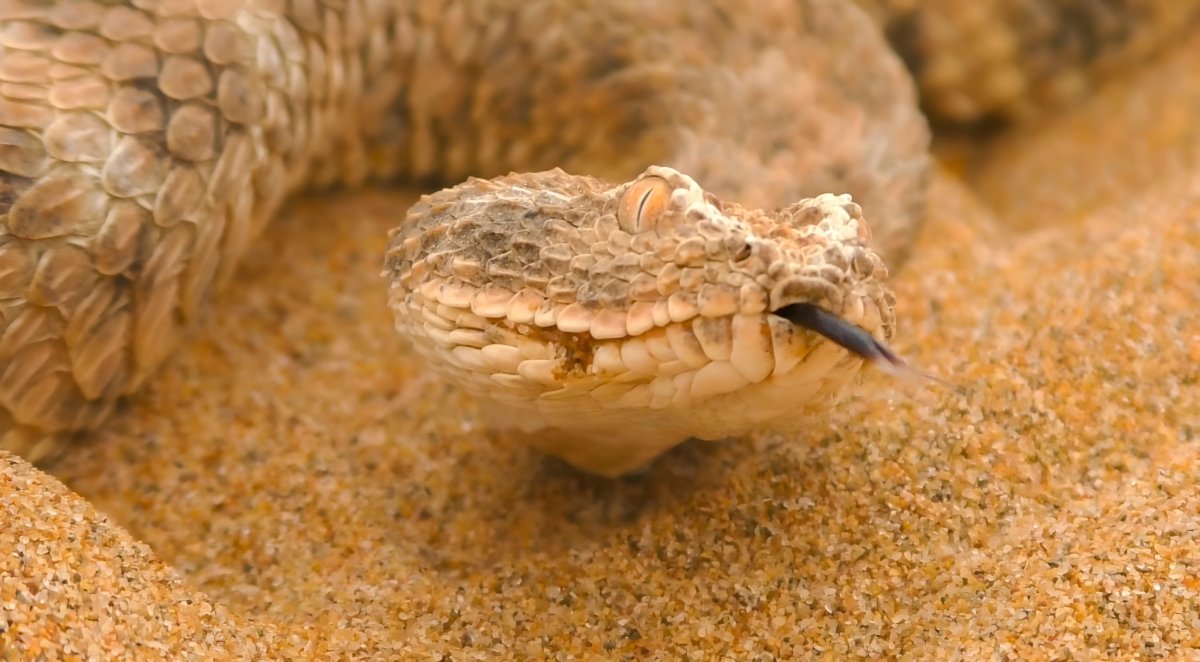Locate Your Perfect Match: Snake for Sale Selections Await!
Locate Your Perfect Match: Snake for Sale Selections Await!
Blog Article
Exactly How to Create the Perfect Habitat for Your Family Pet Snake
Developing the ideal habitat for your pet dog serpent is critical to guaranteeing its wellness and health. By recognizing the specific demands of your serpent varieties and applying the necessary components in its habitat, you can develop a space where your animal can grow.
Selecting the Right Enclosure
Picking the appropriate room is crucial in offering an ideal living space for your pet dog serpent. The enclosure acts as the serpent's primary habitat, influencing its overall well-being and behavior. When picking an unit for your animal snake, there are a number of variables to consider to make sure a comfy and secure atmosphere. The size of the room is crucial, as it needs to be sizable enough to allow the snake to walk around freely. A general guideline is to offer a habitat that is at least as long as the snake's length and broad enough for it to extend comfortably.
Wood and PVC rooms supply exceptional insulation, which is vital for controling temperature level and humidity levels within the habitat. Ultimately, the room needs to imitate the serpent's all-natural habitat as very closely as possible to guarantee its well-being and joy.
Establishing Temperature and Moisture Levels
In order to provide a helpful living atmosphere for your pet dog snake within the selected room, focus to preserving optimal temperature and moisture levels is extremely important. Serpents are ectothermic creatures, implying they depend on exterior sources to control their body temperature. For most snake varieties, the suitable temperature varieties in between 75-85 ° F(24-29 ° C) on the colder end and 85-90 ° F(29-32 ° C) on the warmer end. To attain this slope, you can make use of hot pad, warmth lights, or ceramic heating units. It is essential to position thermostats at both ends of the unit to keep track of the temperature level routinely.
Moisture levels are just as vital for your serpent's health and dropping procedure. The ideal humidity level differs depending on the snake types, with many needing degrees in between 40-60%. Providing a big water dish, misting the unit, or utilizing a reptile humidifier can aid preserve adequate humidity. However, make certain appropriate ventilation to stop excess moisture, which can result in respiratory problems. By carefully monitoring and changing temperature and humidity degrees, you can produce a comfy and risk-free environment for your cherished animal serpent.
Offering Adequate Hiding Areas
Ensuring the accessibility of suitable hiding spots is vital for developing a stress-free setting for your pet serpent. To resemble their all-natural environment, give at least 2 concealing places in your serpent's room-- one on the warmer side and one on the cooler other side.

Selecting the Appropriate Substrate
To create an ideal environment for your animal serpent, what aspects should be thought about when choosing the ideal substrate? Choosing the right substratum for your pet dog snake is important for keeping its wellness and well-being. When choosing a substratum, several elements require to be thought about.
Firstly, the substrate should imitate the snake's native environment as closely as possible. Different snake types have various habitat preferences, so it is necessary to investigate your details snake's natural environment to select a proper substratum. Desert-dwelling serpents may require a sandy substrate, while forest-dwelling serpents might choose a much more moist substrate like cypress mulch or coconut husk.
Additionally, the substratum ought to be risk-free for your serpent. Stay clear of substratums that might be ingested and trigger health problems, such as substratums that are also little or sharp. Choose substratums that are safe and easy to tidy to preserve a sanitary atmosphere for your animal snake. By thoroughly thinking about these aspects, you can produce a comfy and risk-free habitat for your family pet serpent.
Offering Correct Lights and Heating

When it concerns illumination, snakes have details lights demands to mimic their native environment. Ultraviolet (UV) lights may be necessary for sure snake types to assist with calcium absorption and vitamin D synthesis. Nevertheless, not all serpents require UV lighting, so it's important to research your specific snake types' requirements.
To give the appropriate balance of lights and home heating, consider using a mix of overhanging heating lamps, home heating pads, and thermostats to control temperature levels accurately. Guarantee that your you can try this out serpent's habitat has a temperature gradient, allowing it to relocate between warmer and cooler locations as needed. snake for sale. By using correct lighting and home heating, you can create a comfy and healthy and balanced setting for your family pet serpent
Final Thought
Finally, producing the ideal habitat for your pet dog serpent entails choosing the best room, setting up suitable temperature and humidity levels, giving ample hiding places, choosing the proper substratum, and providing proper lighting and home heating. By adhering to these standards, you can guarantee that your serpent has a comfy and healthy environment to grow in. Remember to frequently adjust the habitat and monitor as needed to fulfill your serpent's specific needs.
To create a suitable environment for your family pet snake, what aspects should be thought about when choosing the appropriate substrate? Different serpent types have various habitat preferences, so it is essential to research your details serpent's indigenous atmosphere to choose an ideal substrate. Desert-dwelling serpents might require a sandy substratum, while forest-dwelling snakes may favor a much more damp substratum like cypress mulch or coconut husk.
Not all snakes need UV lighting, so it's crucial to research your certain serpent types' demands.

Report this page